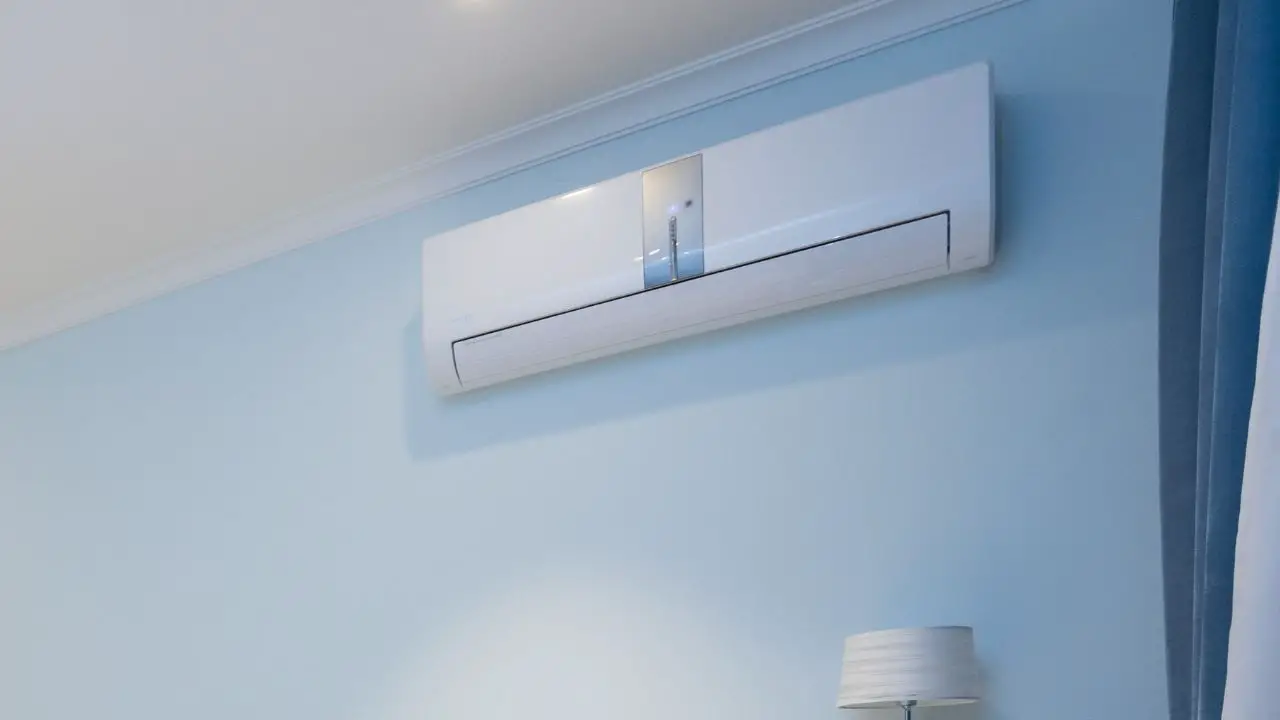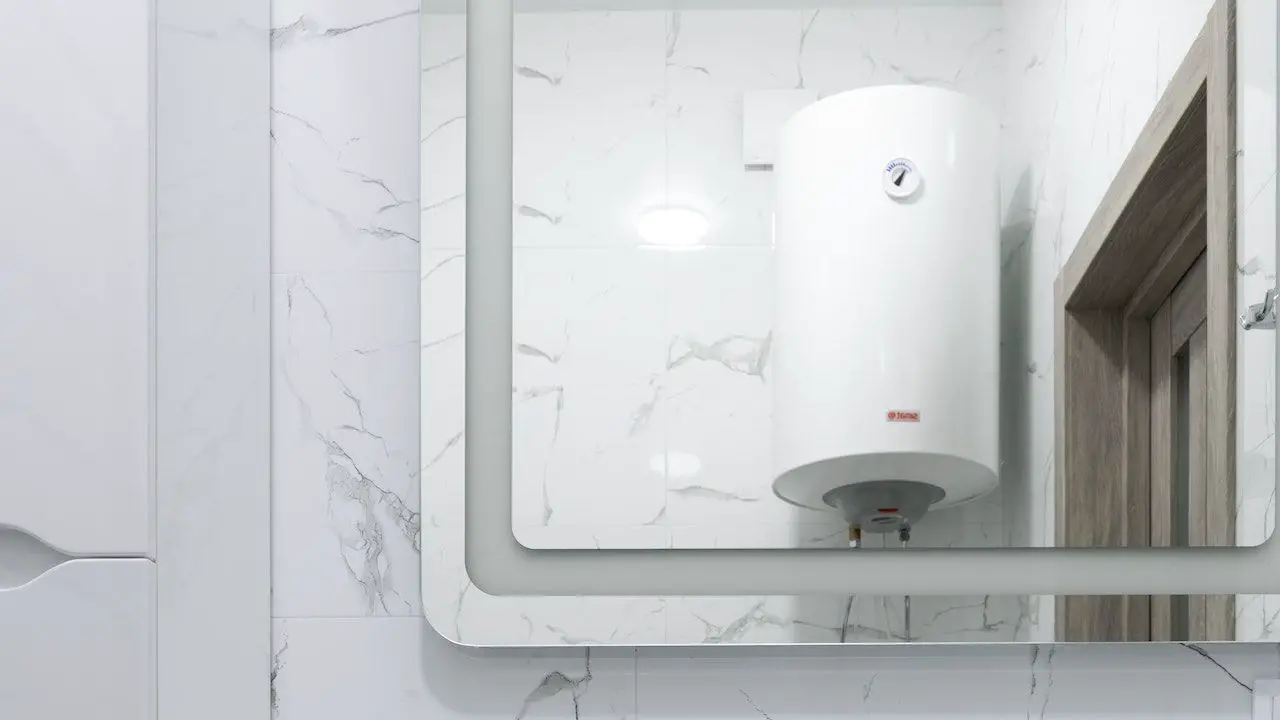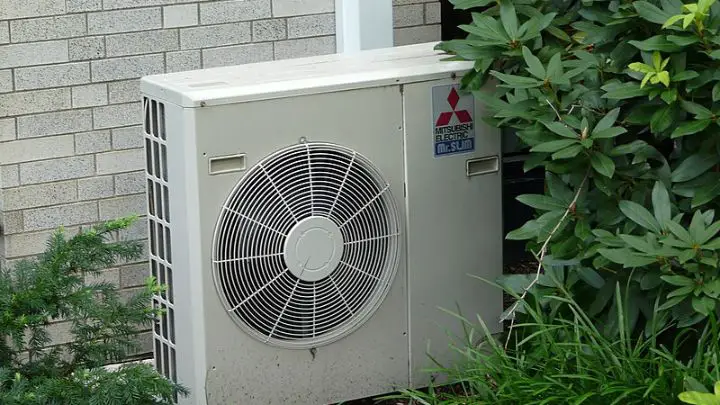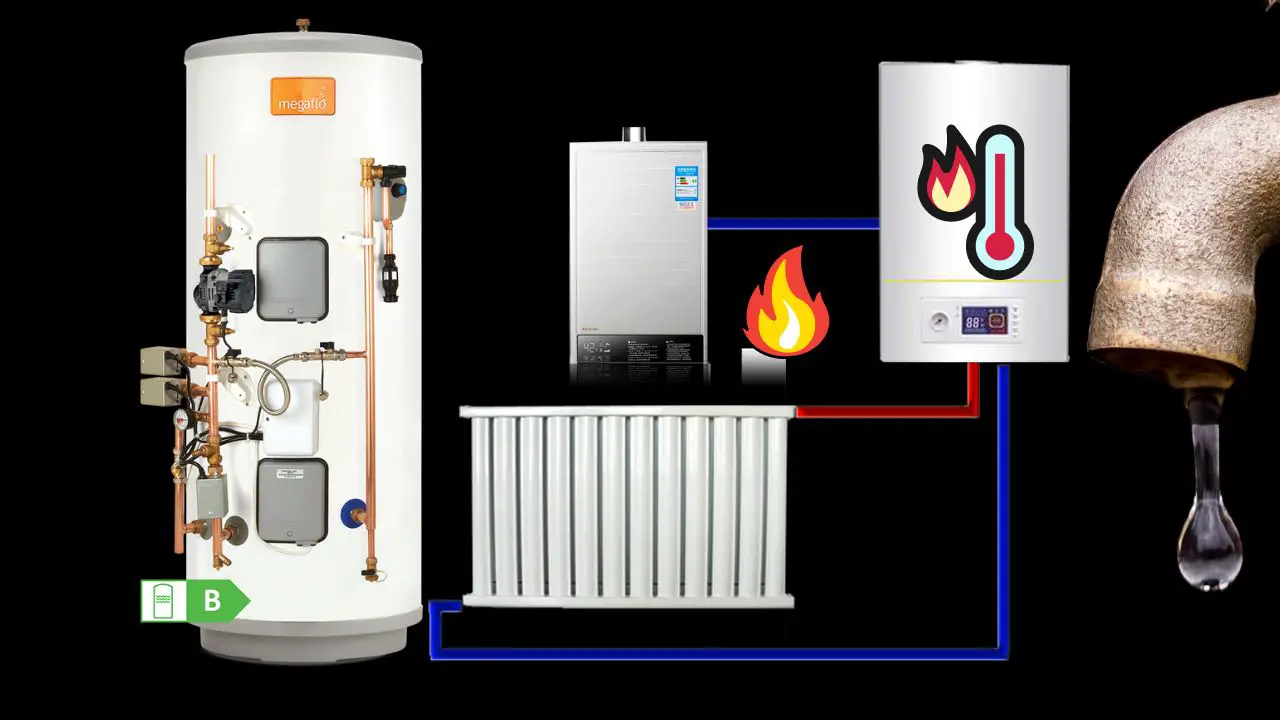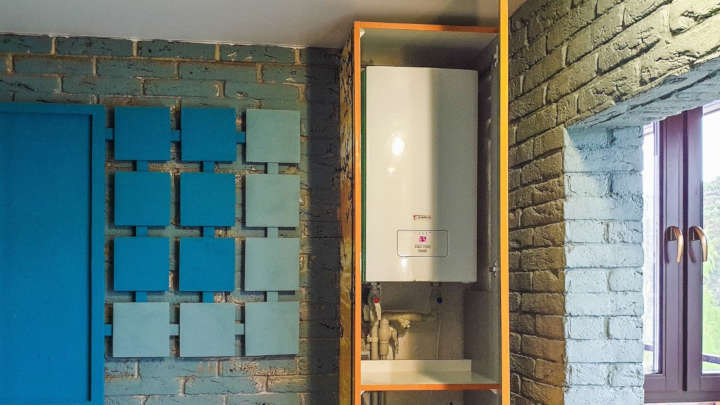In this article, I will share the ten most important parts of AC unit that every homeowner must know in order to solve any small issues at home without calling an HVAC professional. You can do it if you know how.
In the early 1970s, AC systems were becoming popular in average homes across America, with comfort and convenience in every room via a simple thermostat control that tells the AC system to adjust the temperature in the room.
Ten Crucial Parts of AC Unit in Your Home with Diagram
Air conditioning systems have many key components that produce chilled airflow for your house. If you know how each of these parts works together and creates that coolness, then it can help you maintain your central AC unit effectively for better performance, year after year. So here are those ten parts of AC system.
Table of Contents
1. Condenser Unit of the AC
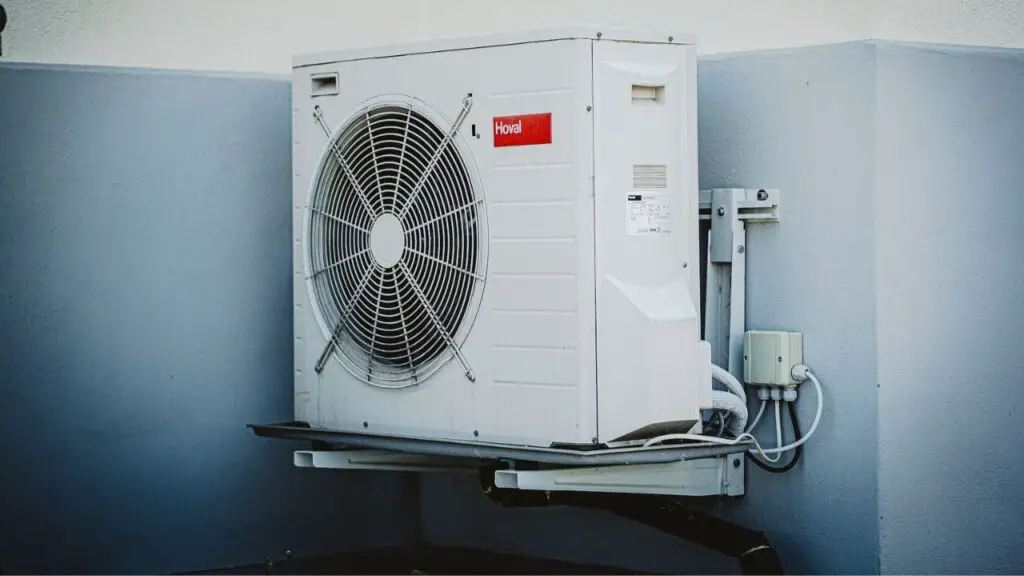
Every AC unit has an outdoor condenser and an indoor evaporator. When the evaporator removes the heat from your room, the refrigerant absorbs that and sends it to your condenser, where the heat is blown away to the outdoor air. Then the cooling process begins.
It means the condenser unit is the most critical thing in your AC, and you must know how to take care of it. So the best way to do that is to clear the area around it and schedule maintenance. You can do the cleaning at home easily.
2. Evaporator Coil of Your Air Conditioner
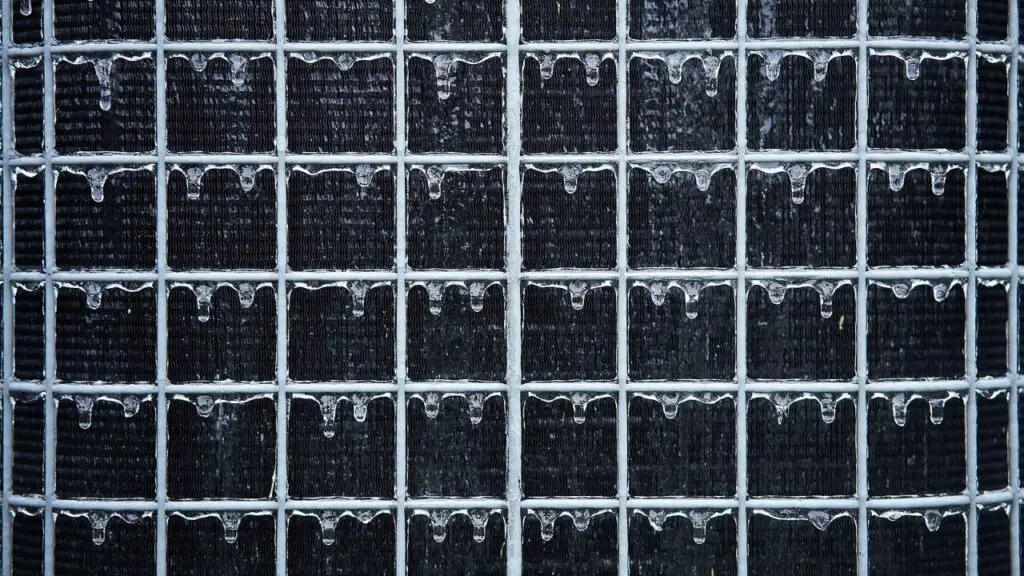
This evaporator coil contains refrigerant gas, which absorbs heat from the air and cools it down. After cooling the air at a desired level, it is blown by an air handler into your room.
The evaporator coil should be in clean shape all the time. Otherwise, you will face many problems, like frozen AC, AC leaking water, and many other critical problems. So clean this coil occasionally.
3. Air Filters That Give Your A Clean Air

Now the Air filter. Research says you should clean the air filter every 90 days or at least once every six months. A good air filter may increase the fresh air in your house by 15 percent.
You will see that a lot of dust and dirt has caught up in the air filter, causing it to look like a years-old spider net. Just open those air filters, clean them with detergent and water, and reassemble them. If you can change them, do it. If not, then cleaning should do the work.
4. Thermostat that Controls Your AC

You have heard the name. The thermostat is the controller of your AC system. When you set a temperature using the remote, the thermostat sends a signal to the AC to measure the indoor temperature and set the temperature. Then balance it by doing some adjustments.
If it has problems, the whole AC system will behave oddly, causing much damage to the AC. Changing this piece is out of the range of a normal person as it’s very technical. But when you notice that the AC is not cooling, call your HVAC technician.
5. Compressor that Compress The Gas
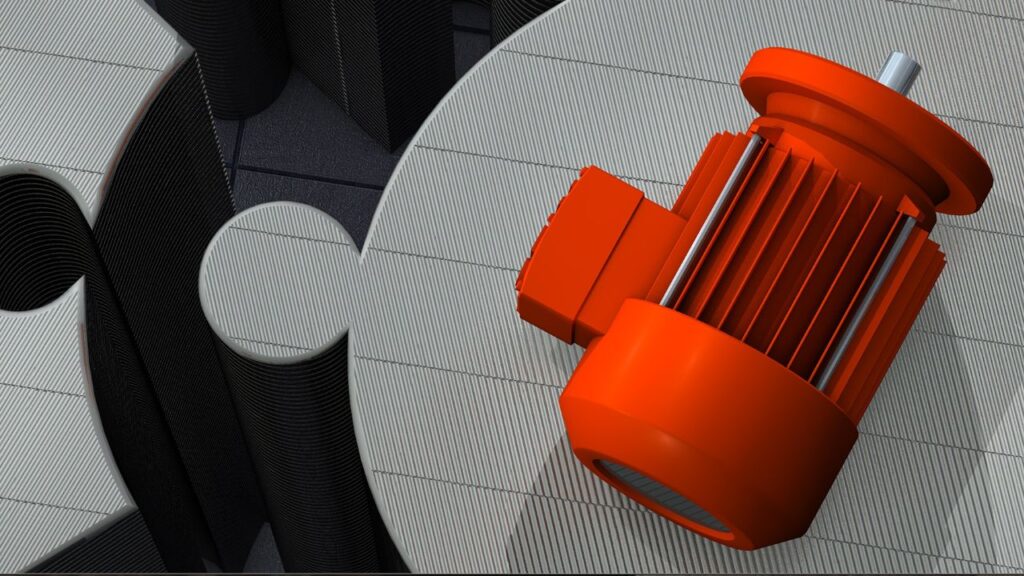
The compressor means a thing that compresses. When the refrigerant turns hot air to cold, it becomes a gas. The compressor then pulls the refrigerant and compresses it. So that it can become liquid again as before.
In that process, it also sends away any heat captured through the condenser coil. There is no homemade fix for this one. The technician is your best bet.
6. Fans and Refrigerant Line
The refrigerant needs to go somewhere, and it needs a well-protected line. The pipeline you see on your AC is the refrigerant line. But without the fan, the hot air will not go anywhere.
The fan is constantly moving heat away from the condenser. It helps the condenser to pull more heat from the refrigerant and secure the unit from overheating.
7. Blower Motor That Blows the Hot Air Out
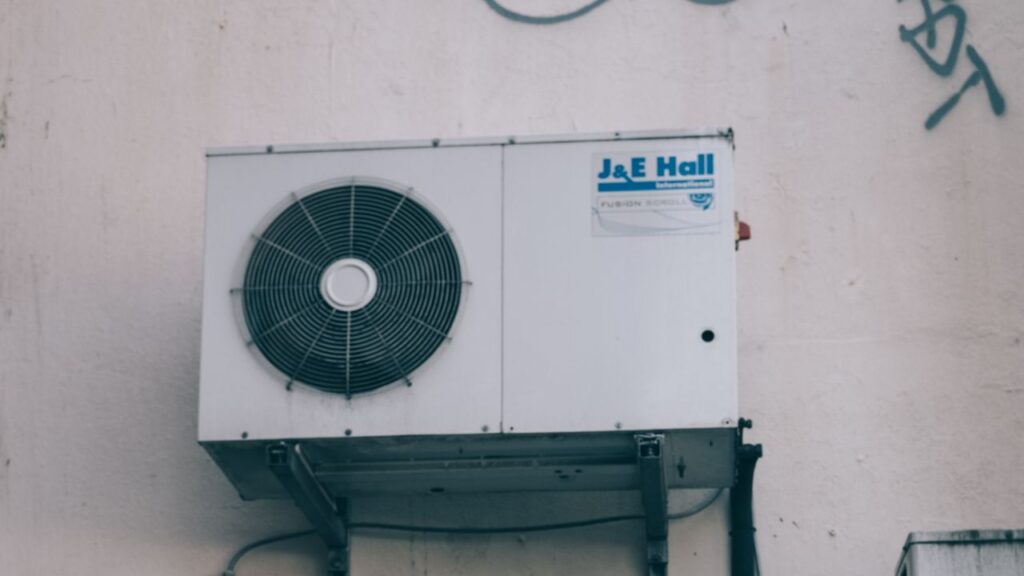
Then there is a motor. The fan needs a blower that can blow the hot air away. It ensures the blower fan is sending treated air into your home. In simple words, it blows the air.
8. Dampers for Air Traffic Control
Nowadays, Dampers are not in use as parts of AC units. But if your AC is old, then you may have a Damper system in your house. It is an air traffic controller. It tells the system how much air to release, where to release it, and when.
9. Ductwork to Carry the Chilled Air
Duchwork is also not seen in modern homes. But in some homes, it may be required. Those big AC vents you have seen in movies are Ductwork. It helps carry cooled air throughout your home.
Cooled air is blown by your air handler and distributed into your home. You can control the airflow with an adjustable nob to allow for more or less airflow in the room. Cleaning this piece is necessary. Use a vacuum and suck all the dirt out of the Duct.
10. Entry and Exit Vents of Your AC
AC systems have entry and exit points. The supply vents send cooled air into the home. On the other hand, the exit vents bring air from inside the house back into the system to treat it.
Last Words
So these are the ten most important parts of AC unit that you must know as a homeowner to fix any issue at home without calling a professional. To prevent problems in your AC unit, do a scheduled cleaning and maintenance every six months. That is all.
Air Conditioner Parts FAQs

What are the main parts of an AC unit?
The condenser unit, evaporator coil, air filter, thermostat, compressor, fans, refrigerant line, blower motor, damper, ductwork, and entry and exit vents are the top parts of an AC unit.
Which colling gas is used in AC?
R22 gas is mostly used in Air Conditioners as it can change its state from solid to liquid to gas quickly at different temperatures as this helps in performance and electricity bills.
How much gas is required for 1.5-ton AC?
The amount of gas your AC need is around 700 to 900 gms.
Follow Me on PINTEREST for More Ideas.
